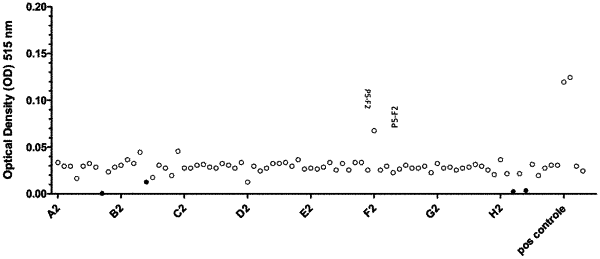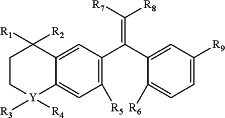| CPC A61K 31/07 (2013.01) [A61P 3/00 (2018.01)] | 6 Claims |

|
1. A method for treating an individual suffering from multiple sulfatase deficiency comprising the step of administering at least once a therapeutically effective amount of at least one retinoid to said individual, wherein the at least one retinoid is a third-generation retinoid that increases arylsulfatase A activity in cells, and wherein the at least one retinoid is:
a compound of formula I
 where X is S or O; R is hydrogen or C1-C4 alkyl; R2 is methyl;
A is pyridyl; n is 0-2; and B is H, —COOH or a pharmaceutically acceptable salt thereof, or an ester thereof with a saturated aliphatic alcohol of ten or fewer carbon atoms, or with a cyclic or saturated aliphatic cyclic alcohol of 5 to 10 carbon atoms, or with phenol or with a C1-C4 alkylphenol, or an amide or a mono or disubstituted amide thereof, the substituents on the amide being selected from a group consisting of saturated aliphatic radicals of ten or fewer carbon atoms, cyclic or saturated aliphatic cyclic radicals of 5 to 10 carbon atoms, and phenyl or C1-C4 alkylphenyl radicals, or
the at least one retinoid is a compound of general formula II
 wherein R1, R2, R3 and R4 each independently represent hydrogen or lower alkyl having 1-4 carbon atoms;
Y represents C, O, S, N;
R5 represents hydrogen, a lower alkyl having 1-4 carbon atoms, halogen, or nitro;
R6 represents hydrogen, a lower alkyl having 1-4 carbons, halogen or nitro;
R7 and R8 each independently represent hydrogen or lower alkyl having 1-4 carbon atoms;
R9 is COOH, CHO, CH2OH, CONH2, COSH, COOR10, COSR10, CONHR10 with R10 represents a lower alkyl having 1-4 carbons or a pharmaceutically acceptable salt thereof.
|